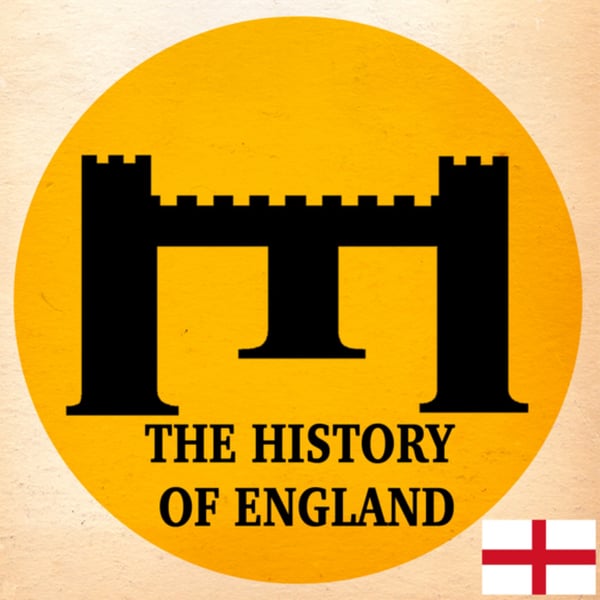426 Living with the Republic
The History of England
David Crowther
4.8 • 5.9K Ratings
🗓️ 2 March 2025
⏱️ 40 minutes
🧾️ Download transcript
Summary
Hosted on Acast. See acast.com/privacy for more information.
Transcript
Click on a timestamp to play from that location
| 0:00.0 | Hello everyone and welcome back to the history of England, episode 426, Living with the Republic. |
| 0:26.6 | Last time we heard about the style of the court of the Protector. We've learned that not all fun and joy and laughter died under the protector's warty chin, and even in the arts, there was innovation. |
| 0:40.0 | Who'd a thunk the Puritans would appreciate opera, eh? |
| 0:43.9 | This time, though, we're going to look at living with the Republic. |
| 0:48.4 | In London, in particular, and in towns like Oxford, it was boom time, |
| 0:51.3 | and a new coffee shop culture began to take off. |
| 0:53.8 | For others, it was a matter of coping. We're going to go to a gentry |
| 0:55.6 | family in North Norfolk based on Anna Kay's book, Restless Republic, and then look at the literary |
| 1:00.8 | work of three died in the wall royalists, two who stayed and one who fled from England. |
| 1:07.5 | Isaac Walton, Catherine Phillips and Margaret Cavendish. |
| 1:16.7 | Let us talk first, though, about London and how it fared under the Republican and Puritan rule. |
| 1:22.9 | In 1651, Margaret Cavendish came to London with her brother-in-law, Charles Cavendish. |
| 1:29.7 | Margaret was the wife of the Marcus of Newcastle, the defeated royalist commander at Marston Moore, |
| 1:34.8 | she'd come over to try and get a portion of her husband's land back, in which she failed, |
| 1:41.5 | given that Newcastle had been one of the king's leading generals. Charles Cavendish, on the other hand, |
| 1:44.5 | succeeded on his part to get his lands back. |
| 1:49.6 | Anyway, while she was in London, she spent some time at the House of Henry Laws, |
| 1:56.7 | which became a kind of safe space, where ex-royalist and new protectorate aristocracy could meet. |
| 2:03.8 | Henry Laws was also working away, composing and and teaching music and putting on private music concerts. |
| 2:10.4 | In this he might have picked up on a new, very popular trend, the music meetings held at taverns, |
| 2:12.4 | putting on music for a paying public. |
| 2:18.4 | And in fact, the success of these were probably behind the second protectorate parliament's law to ban musicians from alehouses. But people, as always, adapted to that. They started putting |
... |
Please login to see the full transcript.
Disclaimer: The podcast and artwork embedded on this page are from David Crowther, and are the property of its owner and not affiliated with or endorsed by Tapesearch.
Generated transcripts are the property of David Crowther and are distributed freely under the Fair Use doctrine. Transcripts generated by Tapesearch are not guaranteed to be accurate.
Copyright © Tapesearch 2025.

